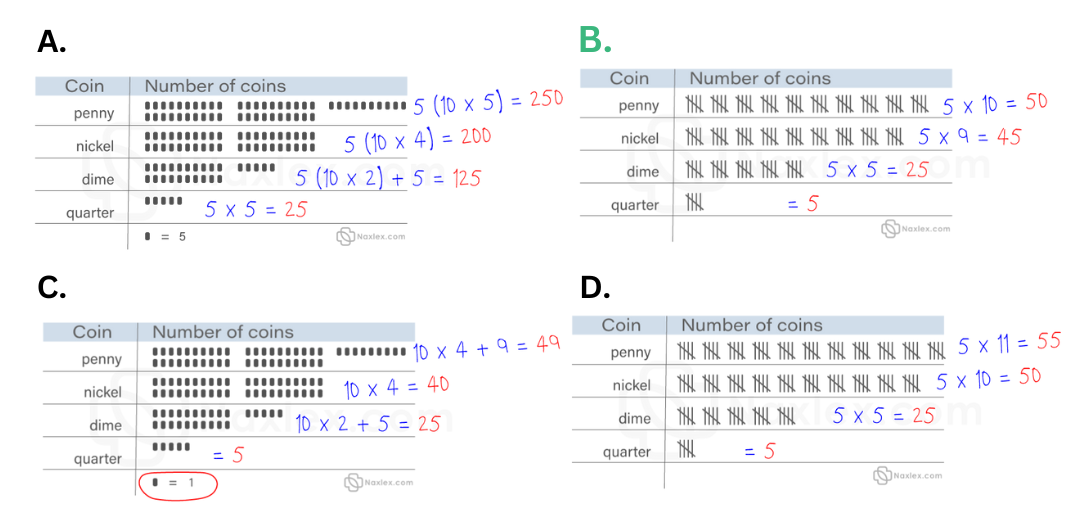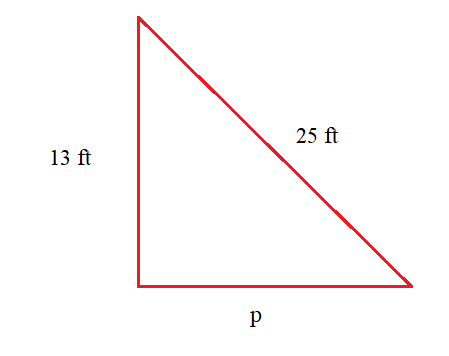A child has collected 50 pennies, 45 nickels, 25 dimes, and 5 quarters. Which of the following charts accurately organizes the number of coins?
A. 1
B. 2
C. 3
D. 4
In this scenario, we use the given scale in the charts to find the number of each coin and selected the right number of coins the student collected.

From the above evaluations, option two is the correct choice.
Therefore, the Correct Answer is B.





